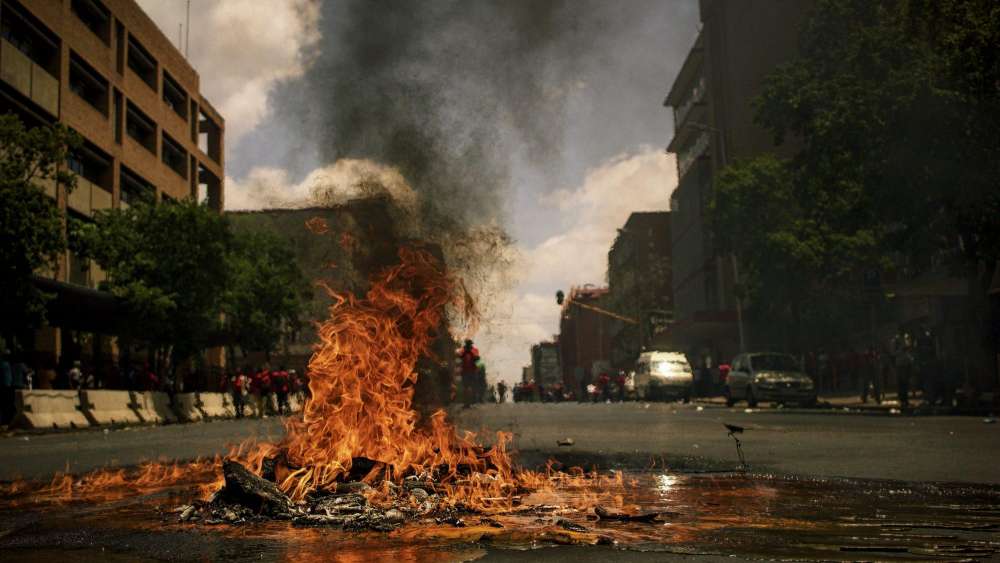Volatile Years: Transnational Terrorism in 2027

Executive Summary
In recent years, technological advancements, globalization, attacks carried out on home soil by foreign fighters and lone wolves, and the rise of transnational takfiri terror organizations, such as the Islamic State of Iraq and the Levant (ISIL), have forced policymakers around the world to wake up to the changing nature of transnational terrorism. While unstable regions with weak political and security structures and limited socioeconomic opportunities in the so-called “Islamic belt” remain vulnerable to radical takfiri movements, the established democracies in the West are no less susceptible to such ideological persuasions and their related security challenges. The latest increase in lone wolf attacks in Europe, the United States, and in parts of Asia highlights the threat posed by takfiri terrorism. At the same time, the rise of populism in the West has shown that feelings of disenfranchisement, marginalization, and social impotence are not exclusive to any social or religious group. We believe that in the future the terrorism landscape will be much more varied than it is today, both in terms of its geography and drivers of radicalization. In this report, we present two scenarios that explore the evolution of these different strands – takfiri and populist terrorism – over the next decade.
Our first scenario spotlights the Fergana Valley in Central Asia as a new hotbed for transnational terrorism in 2027. Terror hotspots in the Middle East, South Asia, and Africa continue to remain volatile, which – along with the threat of homegrown terrorism in the West and overall geopolitical developments – draw attention away from developments in Central Asia. These developments, which take place gradually over a decade, are brought about by a combination of factors in Central Asian republics, including changes and ruptures in the state apparatus, power struggles, primarily at the elite level, overall weak governance, and a lack of reforms and socioeconomic opportunities. Adding to this mix, there is an influx of militants (both Central Asian and foreign) into the region, as well as their assimilation into existing local terror and crime networks. Taken as a whole, these developments act as a springboard for increased terrorist activity in the Central Asian region.
By contrast, our second scenario focuses on new waves of decentralized “populist” terrorism in established and seemingly stable societies in Europe, the Americas, and Asia. The threat of violent takfiri terrorism is superseded by a much more diffuse threat emanating from disaffected individuals who use terrorism as an expression of frustration. Populism, deep-seated social divisions, and labor market disruptions fuel this scenario, while affordable, advanced technologies enable the terrorists to expand their reach. Connected through loose networks, these individuals target what they perceive to be the sources of their discontent. The threat of populist terrorism thus arises less from traditional hotbeds in fragile states than from domestic challenges within developed economies. The result is a terror landscape in which targets and perpetrators are increasingly random and difficult to predict.
…
The full report is available for download.
This report was produced by the transnational terrorism working group of the Global Governance Futures (GGF) 2027 program.







